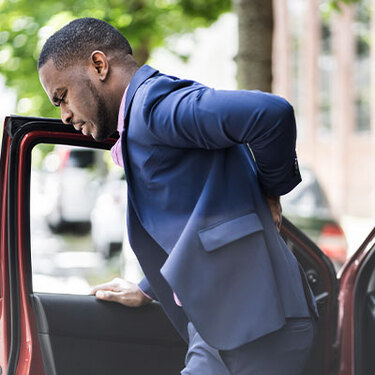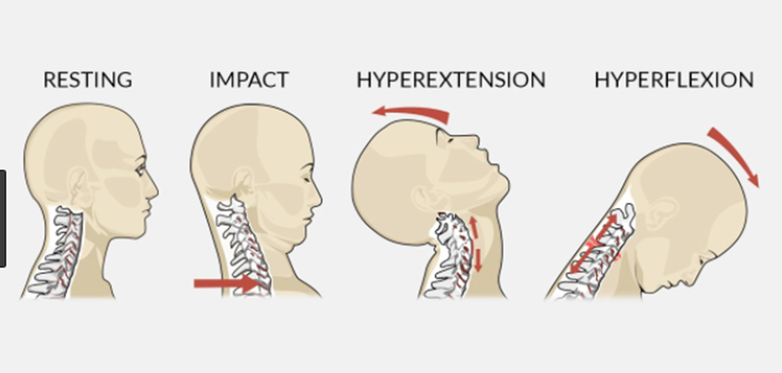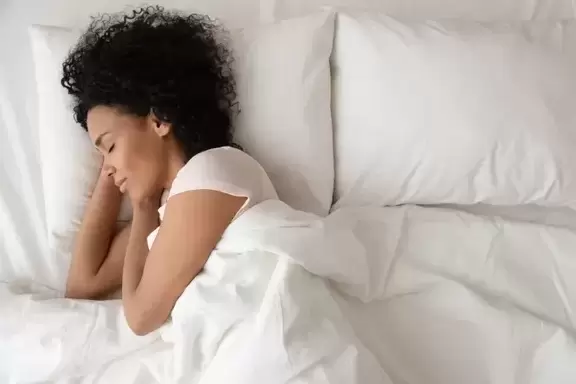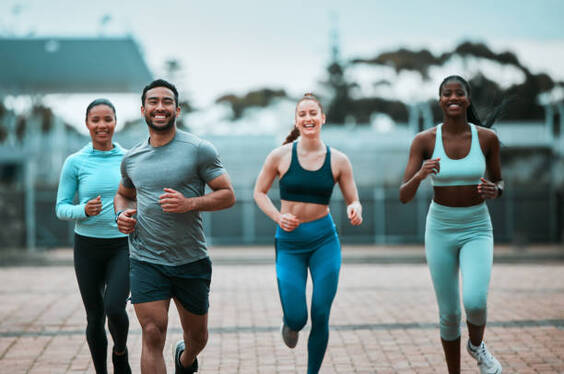Healing Low Back Injuries After an Auto Accident: The Role of Chiropractic Care Backed by Research3/15/2024
Chiropractic Care for Low Back Injuries: Chiropractic care focuses on restoring proper alignment and function to the spine, which can alleviate pain and promote healing in low back injuries. Here's how chiropractic care can benefit individuals recovering from low back injuries after an auto accident:
References:
Introduction: Auto accidents can be jarring experiences, leaving individuals with a range of injuries from minor strains to more severe trauma. Among the various treatment options available, chiropractic care has emerged as a popular choice for many seeking relief and recovery from auto injuries. In this blog, we'll explore how chiropractic care can play a crucial role in the healing process following auto accidents.
Understanding Auto Injuries: Auto accidents can cause a multitude of injuries, with some of the most common being whiplash, soft tissue injuries, joint restrictions, and muscle strains. These injuries often result from the sudden impact and force exerted on the body during a collision, leading to pain, stiffness, reduced mobility, and other symptoms. The Role of Portland Chiropractic: Chiropractic care focuses on the diagnosis, treatment, and prevention of musculoskeletal disorders, making it well-suited for addressing auto injuries. Portland Chiropractic employs various techniques, which could include, joint mobilization, soft tissue massage, rehabilitation exercises and much more. These treatments aim to alleviate pain, restore proper movement, increase strength, and promote natural healing processes within the body. Benefits of Chiropractic Care for Auto Injuries:
The Chiropractic Experience: Visiting Portland Chiropractic for auto injury recovery typically involves an initial consultation, during which the chiropractor will assess the extent of the injuries and develop a personalized treatment plan. Treatment may include spinal adjustments, soft tissue therapies, rehabilitative exercises, and lifestyle recommendations aimed at supporting healing and preventing future injuries. Conclusion: If you've been involved in an auto accident and are experiencing pain or discomfort, chiropractic care offers a holistic approach to recovery. By addressing the underlying musculoskeletal issues, chiropractors can help you find relief, restore mobility, and support your journey back to optimal health. Don't let auto injuries hold you back—schedule an appointment with chiropractor at Portland Chiropractic today and take the first step towards healing and recovery.
Thoracic spine mobility is an extremely important, and often times overlooked, and can be the component to a variety of dysfunctions. Poor thoracic mobility can affect the shoulder, neck, low back, and hip very easily. We have touched on this before in our #survivingdeskwork post about how in our daily habits (sitting, computer work, driving, etc.) make us all very prone to poor thoracic spine mobility. There are many variations of thoracic spine mobility exercises and drills out there. Here are a couple of thoracic spine mobility exercises that you can try at home, at the gym, or even work. Thoracic extension with a foam rollerThoracic extension with a foam roller is a great way to increase thoracic mobility, if done correctly! Unfortunately it’s commonly done incorrectly and therefore ineffective. . Most people we see are just rolling forward and back, never actually getting any mobility in their thoracic spine. The key is relaxing your spine over the roller in several different segments along the thoracic spine.
Open Book ExerciseThe open book exercise is one of the first mobility exercises we show our patients with a tight upper back and poor thoracic mobility. Try to perform this exercise twice a day and don't forget to do both sides 10 times each.
This blog is meant to inform and instruct with descriptions and videos only. It is NOT medical advice. If you have pain, please come and see one of our licensed practitioners.
|
Site powered by Weebly. Managed by FatCow










